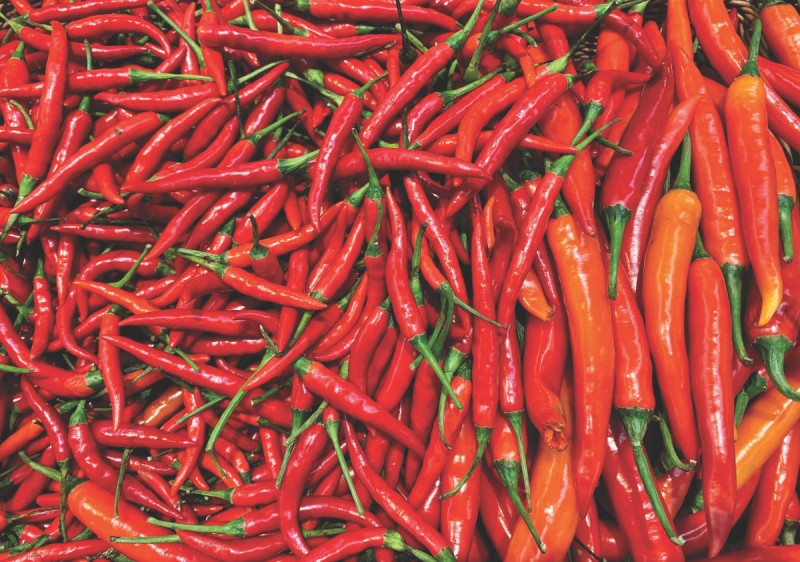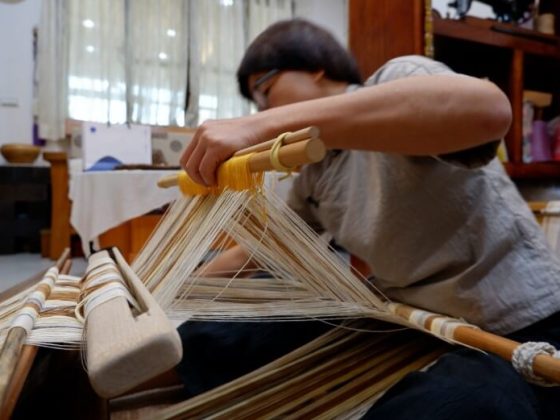We all know that Taipei’s summer sun is hot and spicy, but sometimes the best way to fight the scorching heat is to combat poison with poison — only this time, we are going to detox with some gastronomic delights.
While spicy dishes might gently numb your lips, eating spicy food to dissipate heat is a practice grounded in scientific fact. A moderate amount of spicy food can promote blood circulation and relieve the heat while you sweat, allowing your body to regulate its temperature. Meanwhile, sweat evaporation also burns calories! If you choose the right variety, some chili peppers are anti-oxidants, and can even speed up metabolism. (Read more: Soothing the Summer Heat with Herbal Dietary Therapies)
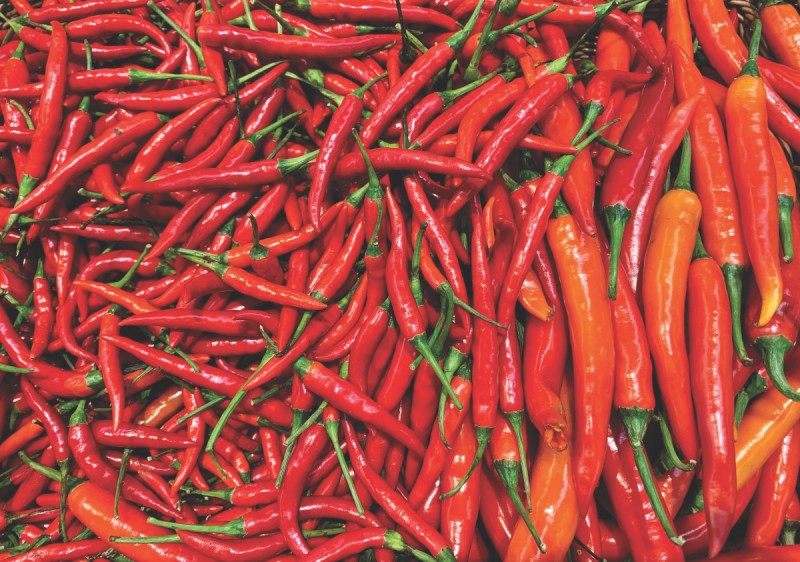
In Taipei, there are numerous kinds of spicy dishes that can stimulate your appetite, even on the most stifling days. From mild soup stewed with chili peppers to the ever-addictive “hot” pot, this is the spice of life you need this summer.
Peeled Chili Peppers
While most people think chili peppers are both red and hot (thanks in part to the American rock band, no doubt), chili peppers in Taiwan are green, peeled, and still rock out like nobody’s business. These peeled peppers are believed to have originated in Fenglin Township (鳳林鎮) in Hualien County (花蓮縣). Mr. Chen Qiujin (陳秋金), the godfather of peeled chili peppers, liked the taste of pickled peppers, but found the texture too hard with the skin still remaining. After peeling the peppers, the authentic and juicy peeled chili peppers were born. (Read also: Your Guide to Hualien City: What to Eat, See and Do in Hualien’s Commercial District)
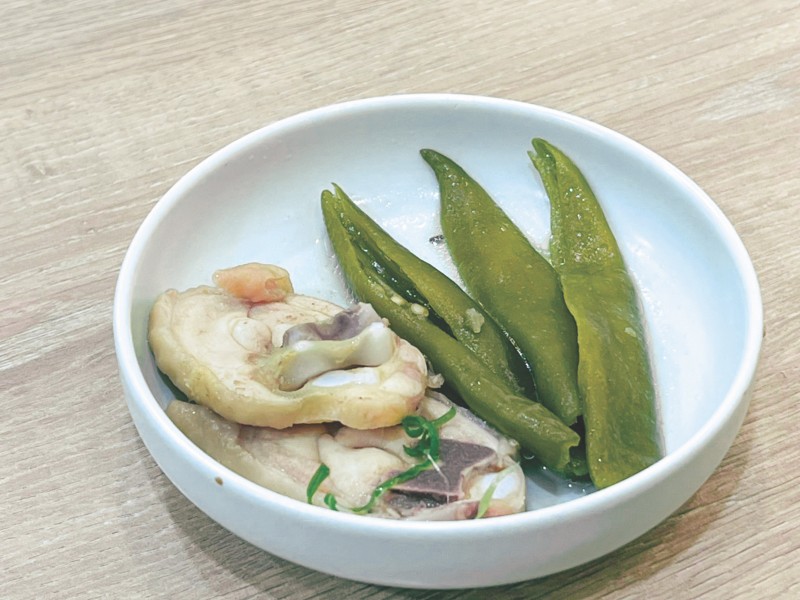
Peeled chili peppers are green peppers that are fried after being peeled, then pickled with soy sauce, sugar, boiling water, and Shaoxing wine (紹興酒) or rice wine. Compared with mature red peppers, peeled chili peppers have a stronger aroma that is perfect for cooking soup or frying with other vegetables.
Meanwhile, fresh green peppers are plump and juicy, giving them a sweet aftertaste that is about more than just spiciness. The most classic dish featuring peeled chili peppers in Taiwan is peeled chili pepper chicken soup. Stewed with ginger slices, dried shiitake mushrooms, rice wine, and fresh chicken legs, this luscious soup is a mild option for spicy food beginners, and the prime appetizer for any summer feast.
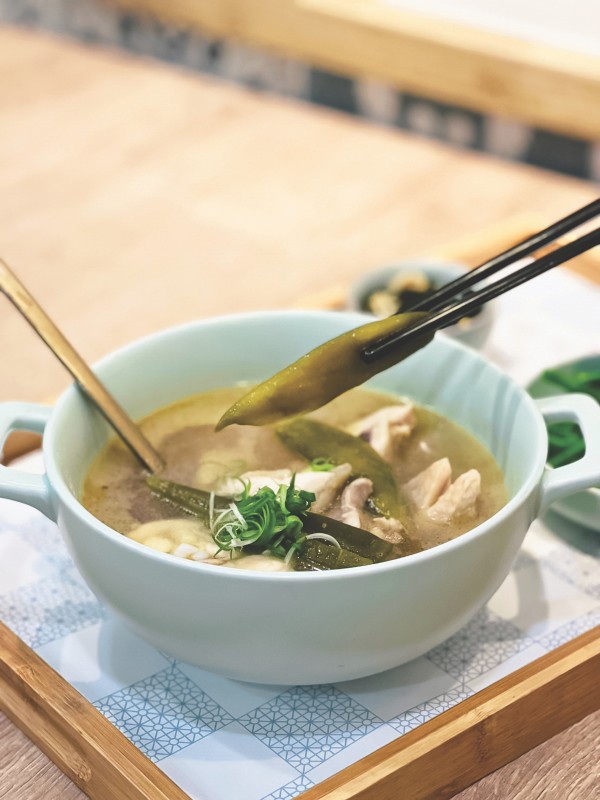
| Recommended Peeled Chili Pepper Chicken Soup Restaurant in Taipei |
| LONG SIAN JU 龍涎居 ADD 38-1, Section 2, Chang’an E Rd, Zhongshan District HOURS 11:30am – 9:00pm (Tuesdays – Saturdays) 11:00am – 9:00pm (Sundays – Mondays) |
Red Oil/Chili Oil
Red oil, or chili oil, is a common sauce in any Taiwanese households. There are many types of red oil that are made from different types of peppers, which are widely used in several regions. Far above all the options, Sichuan Chaotian pepper (四川朝天椒) is the most common. To turn it into red oil, it needs to be boiled with vegetable oil (often soybean or sesame oil) and other spices and ingredients, including black peppers, star anises, onions, garlic, gingers, and sugar, elevating the pungent sauce with more rich flavors.
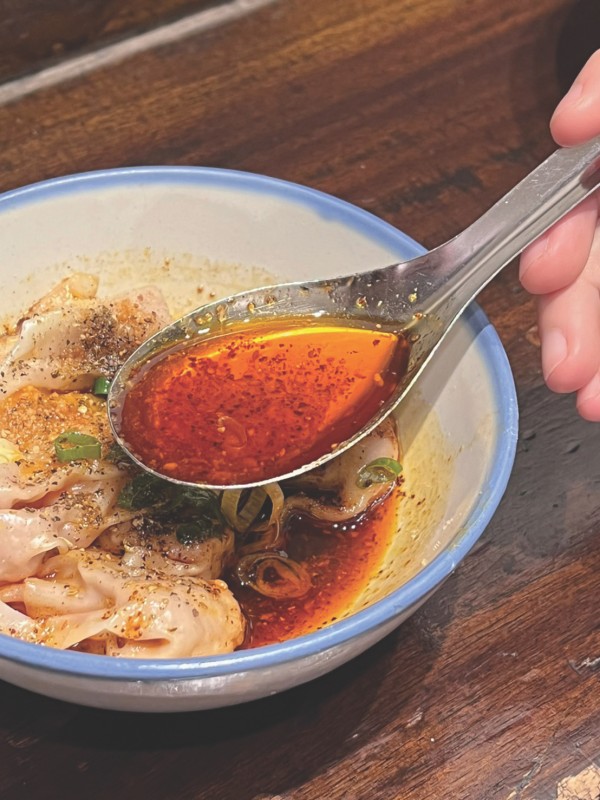
Red oil plays an important role in enhancing the taste of many common dishes in Taiwan, and hongyou chaoshou (紅油抄手, spicy wontons) is one of the most popular examples. Chaoshou, also known as wontons, is a home-cooked delight similar to dumplings, only with thinner skin. Hongyou, meanwhile, means “red oil” in Chinese. As the name suggests, this classic dish featuring red oil is easy to prepare. When the red oil-based sauce is poured on cooked chaoshou, numerous spice notes emerge, with pepper and garlic mingling with notes of soy sauce. Other common red oil dishes include red oil dan dan noodles (紅油擔擔麵) and red oil noodles with soybean paste (紅油炸醬麵), both upgrading ordinary street eats with but a few drops of red oil. (Read more: Mai Mien Yen Tsai Restaurant: Michelin Bib Gourmand Purveyor of Classic Qiezai Noodles)
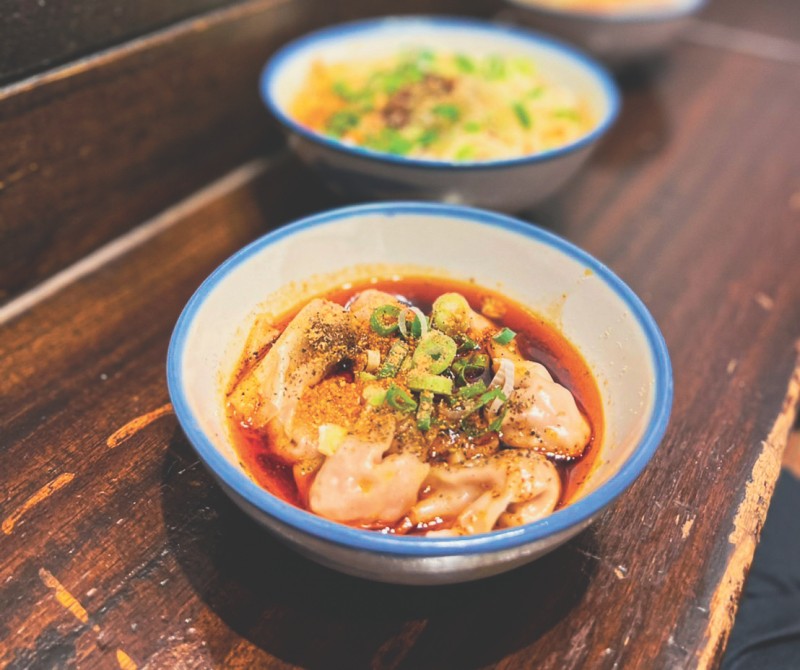
| Recommended Hongyou Chaoshou Restaurant in Taipei |
| LANFANG NOODLE RESTAURANT 蘭芳麵食館 ADD 95, Liaoning St., Zhongshan Dist. HOURS 11:30am – 9:00pm |
Mala Dishes
Mala (麻辣, numb-spiciness) is one of the most popular spicy broths and cooking styles favored by Taiwanese. The soul of mala broth is Sichuan peppercorn, an aromatic spice that might potentially numb your tongue or burn your lips if you over-indulge. In the world of Chinese medicine, Sichuan peppercorn is considered a “warm” ingredient, often prescribed to ward off colds and get rid of humidity inside the body. Spicy mala broth, on the other hand, is a common way to bring the Sichuan peppercorn to the forefront of Taiwan’s culinary scene.
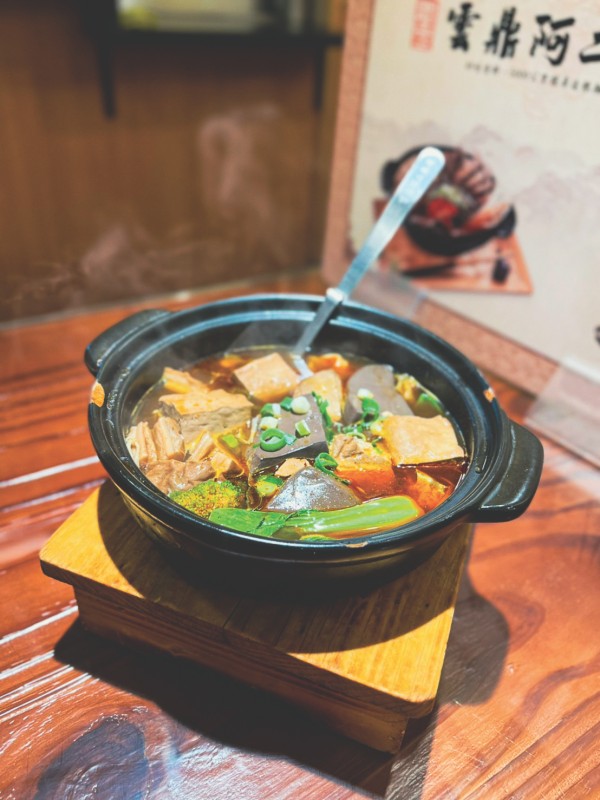
Usually served with stinky tofu and duck blood curd, the dishes are respectively known as mala stinky tofu (麻辣臭豆腐) and mala blood curd (麻辣鴨血). By simmering tofu and blood curds within mala broth for several hours, the dishes absorb the best of the flavorful ingredients. Get some tissues and water ready when having a mala meal, because the level of mala might make you tear up (and sweat too, we can’t lie). At most restaurants, you can choose how spicy you would like your dishes to be. Starting from mild is always a safe strategy. Usually, medium hot is still an enjoyable level of spiciness, while extra hot is suggested for experienced spicy-food aficionados only. (Read also: Warming, Hearty, Comforting Year-End Hot Pot Gatherings)
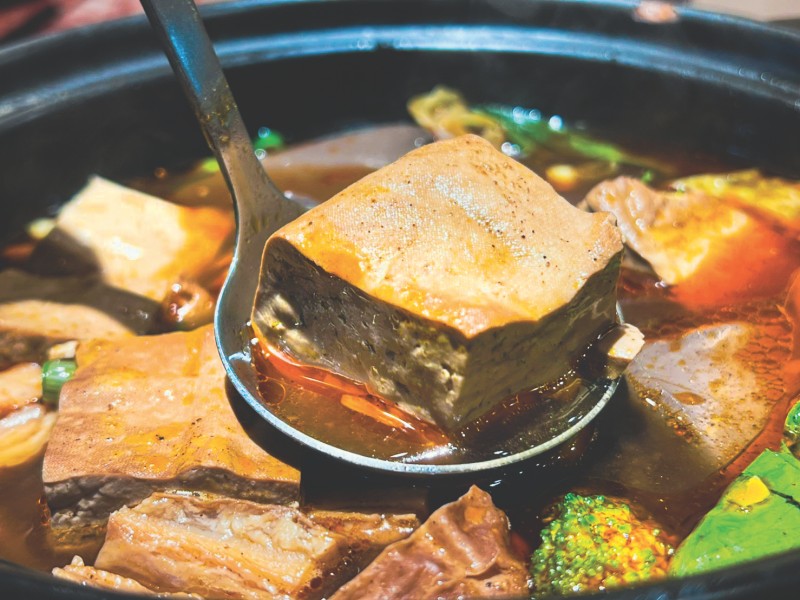
| Recommended Mala Dishes Canteen in Taipei |
| YUN DING A-ER SPICY HOTPOT CANTEEN YONGKANG BRANCH 雲鼎阿二麻辣食堂永康店 ADD 13, Ln. 6, Yongkang St., Daan Dist. HOURS 11:30am – 10:00pm |
Author AYCC
Photographer April Chen, Shane Kong
This article is reproduced under the permission of TAIPEI. Original content can be found on the website of Taipei Travel Net (www.travel.taipei/en).

